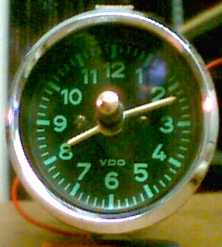
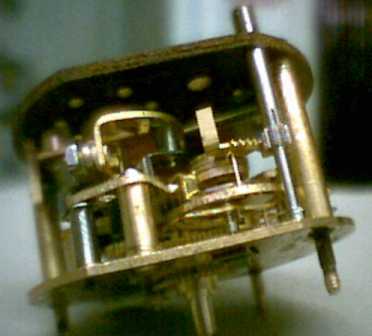
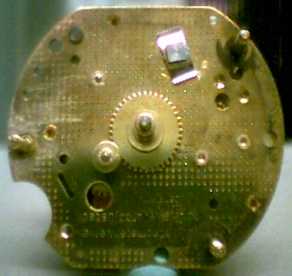
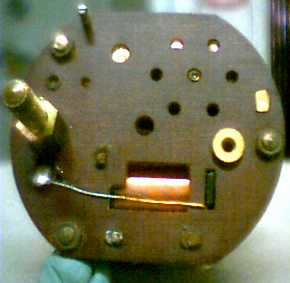
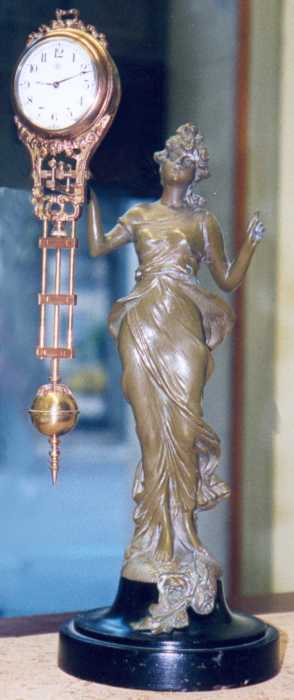
High quality mercury barometer, made in Belfast, 1868.
Click on thumbnails to view larger pictures.
The cistern containing mercury was partially broken, so a consistent spillage happened. After repairing it, new triple-distilled mercury was used to refill the cistern. It was signed by Joseph Cappo, inside.
Mercury is poisonous but keeping barometers inside houses is not dangerous if they are not of the open cistern type, where mercury is constantly in contact with air. In this case, it's better to keep the barometer in a normally ventilated room, where doors or window are opened many times a day.
To move mercury barometers, they must be kept inclined by 45° and open cisterns must be closed with a suitable plug.